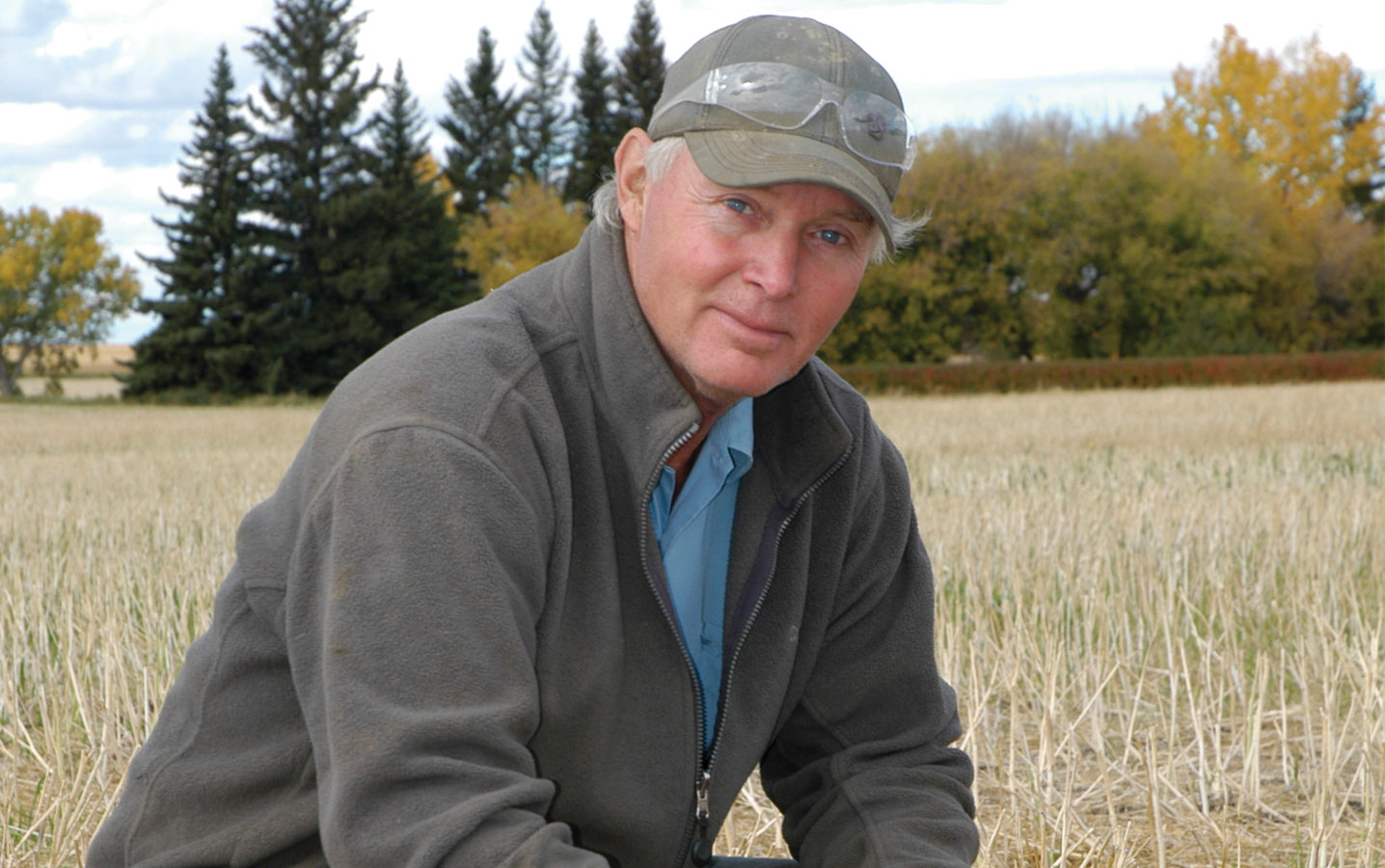Ideal seeding speed depends on drill, conditions
Rob Florence participated in an Agriculture and Agri-Food Canada (AAFC) study to see how seeding tools and seeding speeds affect canola emergence. Florence learned that with his drill and his black soil, he could actually seed a little faster and still hit his canola plant establishment targets.
Florence, who farms at North Battleford, Sask., with his son Drew, participated in both years – 2011 and 2012 – of the field-scale part of the study. A coordinator came out to take soil tests and help choose a relatively even area to run the comparison. Florence then seeded at six different speeds between three and six mph using his John Deere 1870 ConservaPak drill with paired-row openers.
As expected, seed depth was most consistent at the slowest speed and varied most widely – from surface to 1.5” – at six mph.
What surprised Florence was that he could actually speed up his standard seeding speed and still achieve reasonably good seed depth and plant emergence across all runs.
“On average, we had good plant counts up to five mph in the trial,” he says.
Florence says they try to seed at 4.2 mph, but “it’s nice to know we can go faster if we’re stressed for time.” Their target population is eight to 12 canola plants per square foot. “We like to have lots in case of frost or insects,” he says. “Our emergence in 2016 was 60 to 70 per cent, which is slightly above our usual average, due to good conditions at seeding.”
Florence says having trials done on his own farm in his conditions makes the results a little more relevant. “I know on-farm trials can be a hassle, but the results make it worthwhile,” he says.
Small plot component
Bob Blackshaw, the AAFC research scientist who led the study, also ran small-plot trials at five locations across the Prairies. The study compared six openers from a 0.5-inch knife to a 4.5-inch paired row. Canola was seeded at 12-inch row spacing into cereal stubble at two speeds – four and six mph.
Across all opener types, an increase in seeding speed from four to six mph in the small-plot study resulted in reduced canola emergence in 20 per cent of comparisons in 2011 and 33 per cent of comparisons in 2012. The results found little difference in performance between the six openers. All openers usually performed well.
This study also confirmed results from previous studies indicating that canola emergence is highly variable and often in the range of 50 to 70 per cent.





